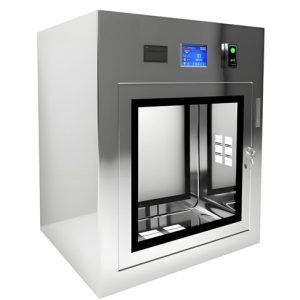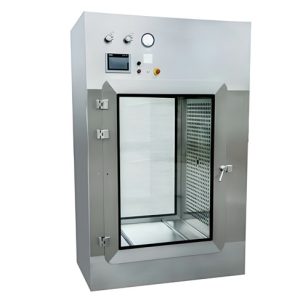Account
-
Safe payment options
We only work with the most secure payment systems.
-
Product return within 30 days
We do our very best to keep our customers happy.
No products in the cart.
You dont have any products in your cart yet, add a few products to experience this experience.
Add $500.00 to cart and get free shipping!
To see and take advantage of all discounted products.
Click HereWhat is a Cleanroom?
A cleanroom, according to the technical cleanroom definition, is a precisely controlled environment specifically engineered to maintain extremely low levels of pollutants including dust, airborne microbes, aerosol particles, and chemical vapors. The fundamental cleanroom meaning revolves around contamination control achieved through sophisticated engineering systems.
The operational concept behind every modern cleanroom involves maintaining strict environmental parameters. For perspective, while a standard office environment typically contains 500,000-1,000,000 particles (≥0.5μm) per cubic foot, an ISO Class 5 cleanroom must maintain fewer than 3,520 particles – representing a remarkable 99.999% reduction in contamination levels that’s essential for industries where microscopic particles could cause catastrophic failures.
Download the cleanroom brochure
The brochure details Deiiang’s engineering capabilities, the Deiiang cleanroom features along with data sheets and case studies.
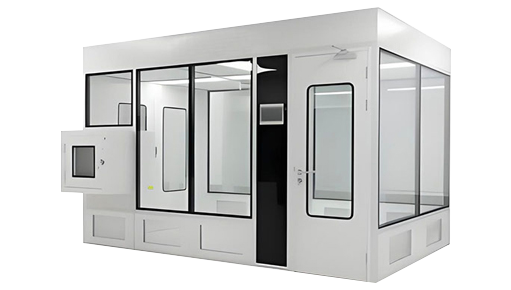
Why Are Cleanrooms Necessary?
Cleanrooms are essential in industries where product quality, safety, and precision are paramount. The need for a cleanroom arises from the high sensitivity of processes to contamination. For example, in semiconductor fabrication, a single particle of dust can cause a defect in a microchip, leading to financial losses exceeding $1 million per incident. Deiiang™, as a product designer, notes that cleanrooms help companies comply with regulatory standards like ISO 14644-1 and FDA guidelines. The following list summarizes key sectors that rely on cleanrooms:
• Semiconductor and microelectronics manufacturing
• Pharmaceutical and biotechnology
• Medical device manufacturing
• Aerospace and defense
• Optical and laser technology
• Nanotechnology
• Food processing (for high-standard products)
• Automotive (for precision components like sensors)
In each of these fields, a cleanroom ensures that environmental factors do not compromise product integrity. For instance, in biotech, a cleanroom might prevent microbial contamination during vaccine production, safeguarding public health.
How Does a Cleanroom Work? - Key Principles
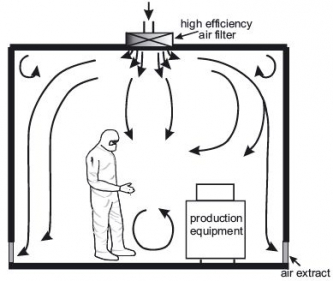
Non-Unidirectional Airflow Cleanroom
In non-unidirectional cleanrooms, filtered air enters from the ceiling, mixes turbulently, and dilutes contaminants before exhausting.
This method relies on frequent air changes; for example, an ISO 7 cleanroom might achieve 30-60 ACH. An ISO 8 cleanroom of 200 m³ needing 15 ACH would require 3,000 m³ of filtered air hourly.
These systems, often operating at 5-15 Pa positive pressure, are common for ISO 7 and ISO 8 classes. Deiiang™ HVAC solutions optimize this turbulent flow for efficient particle dilution.
Unidirectional Airflow Cleanroom
Unidirectional cleanrooms move air in a single, parallel stream (e.g., top-to-bottom), rapidly “sweeping” particles away. This “piston-like” flow prevents mixing and is crucial for ultra-clean environments.
ISO 5 cleanrooms often use 240-600 ACH, with air velocity around 0.3-0.5 m/s. Such spaces typically have 80-100% ceiling filter coverage. For a 100 m² ISO 5 room at 0.45 m/s, approximately 13,500 m³ of air is delivered hourly.
Deiiang™ solutions, crafted by Product Designer: Deiiang, ensure precise, uniform airflow for demanding ISO 3, ISO 4, and ISO 5 applications.
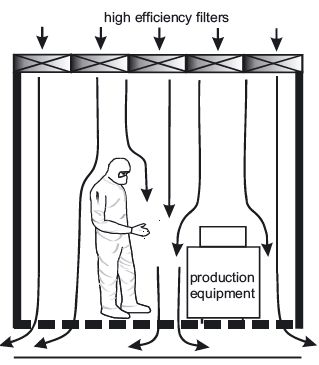
Turnkey Design-Build & Partnerships
We can Design-Build-Install and Commission your cleanroom or we can partner with other professionals that your are currently working with!
Cleanroom Classifications
This comprehensive guide explores the three major cleanroom classifications systems used worldwide. Understanding these cleanroom Classifications is essential for selecting the appropriate environment for your specific application, whether in semiconductor manufacturing, pharmaceuticals, or biotechnology.
ISO Cleanroom
classifications are the globally recognized standard, defining air cleanliness by particle concentration and replacing national standards for consistency. A lower ISO number signifies a cleaner environment with fewer allowable particles per cubic meter. For instance, an ISO Class 5 cleanroom allows a maximum of 3,520 particles (≥0.5μm/m³), while an ISO Class 8 permits 3,520,000.
Deiiang™, as a product designer, emphasizes that these classifications are determined by the mathematical formula: Cn = 10N × (0.1/D)2.08. Here, Cn is the maximum particle concentration per cubic meter, N is the ISO classification number, and D is the particle size in micrometers. This standardized approach ensures consistent cleanroom implementation worldwide.
Federal Standard 209 (FS 209E)
FS 209E was the predominant US cleanroom classification system before ISO 14644-1, still referenced in some older contexts. It used English units (particles per cubic foot), classifying environments from Class 1 to 100,000 (lower numbers meant cleaner). For example, a Class 100 cleanroom allowed no more than 100 particles ≥0.5μm per cubic foot (approx. 3,530 particles/m³).
Its final revision included both metric and English units, aiding the transition to international standards. Deiiang™, as a product designer, stresses the value of understanding these historical cleanroom classifications for older facilities. FS 209E established foundational principles that influenced subsequent international standards for controlled environments.
| FS 209E Class | 0.1 μm | 0.2 μm | 0.3 μm | 0.5 μm | 5.0 μm |
|---|---|---|---|---|---|
| 1 | 35 | 7.5 | 3 | 1 | NA |
| 10 | 350 | 75 | 30 | 10 | NA |
| 100 | NA | 750 | 300 | 100 | NA |
| 1,000 | NA | NA | NA | 1,000 | 7 |
| 10,000 | NA | NA | NA | 10,000 | 70 |
| 100,000 | NA | NA | NA | 100,000 | 700 |
ISO Standard 14644-1
ISO 14644-1 is the current international benchmark for cleanroom classifications, standardizing air cleanliness by particle concentration. Classes range from ISO 1 (cleanest) to ISO 9 (least clean), specifying maximum concentrations for particles from 0.1μm to 5.0μm. These classifications directly impact operational parameters; for instance, ISO 5 needs 240-600 ACH, while ISO 8 requires 5-48 ACH.
Its mathematical foundation (Cn = 10N × (0.1/D)2.08) allows precise calculation of particle limits, ensuring global consistency in design and operation. Deiiang™, as a product designer, emphasizes that proper implementation involves understanding not just these limits, but also testing, monitoring, and operational procedures across different occupancy states.
| ISO Class | ≥0.1 μm | ≥0.2 μm | ≥0.3 μm | ≥0.5 μm | ≥1 μm | ≥5 μm |
|---|---|---|---|---|---|---|
| ISO 1 | 10 | 2 | – | – | – | – |
| ISO 2 | 100 | 24 | 10 | 4 | – | – |
| ISO 3 | 1,000 | 237 | 102 | 35 | 8 | – |
| ISO 4 | 10,000 | 2,370 | 1,020 | 352 | 83 | – |
| ISO 5 | 100,000 | 23,700 | 10,200 | 3,520 | 832 | 29 |
| ISO 6 | 1,000,000 | 237,000 | 102,000 | 35,200 | 8,320 | 293 |
| ISO 7 | – | – | – | 352,000 | 83,200 | 2,930 |
| ISO 8 | – | – | – | 3,520,000 | 832,000 | 29,300 |
| ISO 9 | – | – | – | 35,200,000 | 8,320,000 | 293,000 |




